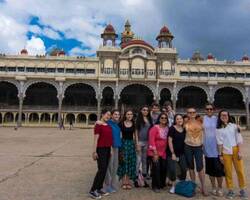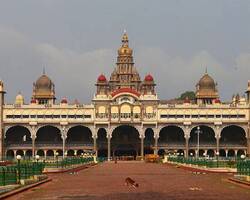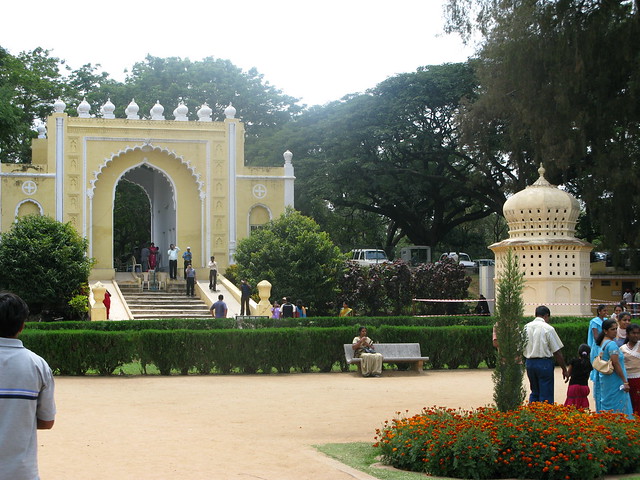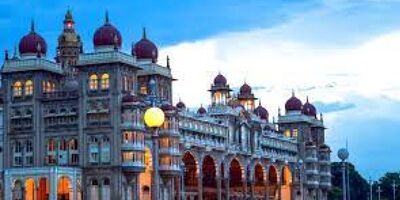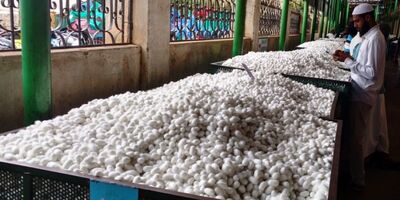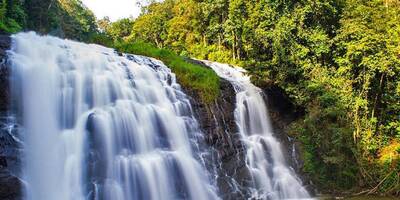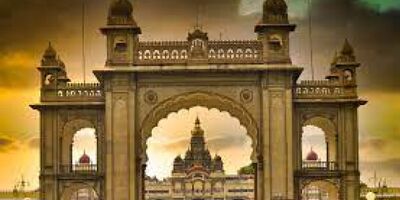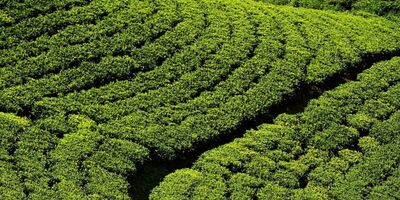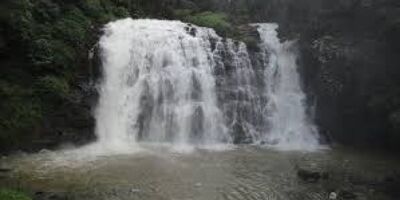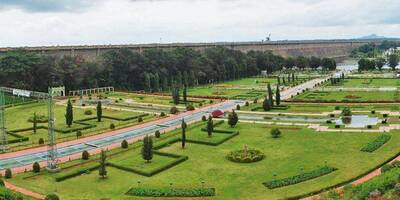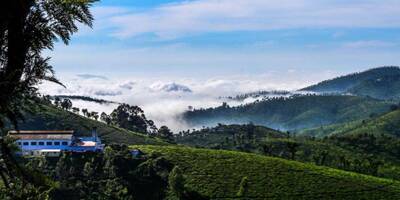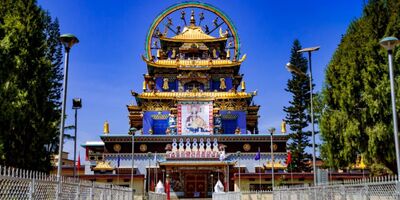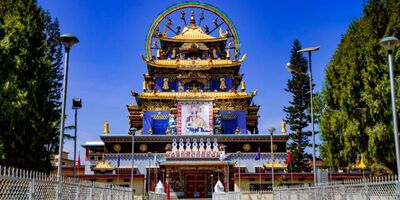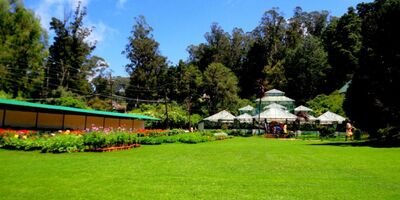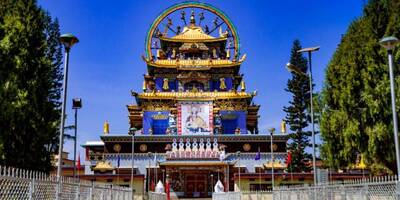Mysore Palace , Mysore
About Mysore Palace
The Mysore Palace, also known as Amba Vilas Palace, is a historical and architectural marvel that stands as a testament to the rich cultural heritage of Karnataka, India. This sprawling palace complex, located in the heart of Mysore city, has been the official residence of the Wadiyar (Wodeyar) dynasty and the seat of the Kingdom of Mysore. With its stunning Indo-Saracenic architecture, intricate carvings, and lush gardens, the Mysore Palace attracts millions of visitors each year, making it one of the most famous tourist attractions in India after the Taj Mahal.
The palace was originally built in 1897. However, due to historical tragedies, it had to be rebuilt a few times. The current Mysuru Palace was the brainchild of the architect Henry Irwin. It was built in 1912, for the 24th Ruler of the Wodeyar Dynasty. Today the Royal family continues to occupy a part of the palace, while the rest has been turned into a state-owned museum.
History
The history of the Mysore Palace dates back to the 14th century when the first palace was built within the Old Fort by the Yaduraya. Over the centuries, the palace has been demolished and reconstructed multiple times due to various reasons, including fires and wars. The current structure, also known as the New Fort, was built between 1897 and 1912 after the previous palace was destroyed by a fire during a wedding celebration.
Architecture
Designed by British architect Henry Irwin, the Mysore Palace showcases a unique blend of Indo-Saracenic architecture, incorporating elements from Islamic, Rajput, and Gothic styles. The three-story, gray granite structure measures approximately 245 feet long and 156 feet wide, with square towers at each cardinal point, topped with pink domes. The tallest tower, standing at 145 feet, is located at the center of the palace and is crowned with a gilded dome.
The façade of the palace features arches, canopies, bay windows, and intricate carvings, including a sculpture of Gajalakshmi above the central arch. The palace is surrounded by lush gardens and has four main entrances: Jaya Maarthaanda (main entrance) to the east, Jayarama to the north, Balarama to the south, and Varaha to the west.
The palace is a three-storied Indo-Saracenic structure, which has beautifully designed square towers which are covered by domes. Tourists can come across some of exquisite carvings and artworks in this palace. The open courtyard in the center of palace is covered by gold plated dome. During Dussera festivals, the palace is elegantly decorated by lights and the 200 kg gold throne of Wodeyar king will be displayed for public.The palace can be entered through the “Gombe Thotti" or Doll's Pavilion which contains traditional dolls from varying time spans and a wooden elephant decorated with gold.
The walled palace complex houses the Residential quarters and the Museum, temples, shrines and some other holy spots. One popular temple located in the palace is the Shwetha Varahaswamy temple.The palace provides a spectacular view of the Chamundi Hills which falls towards its eastern side.
Key Attractions
- Bronze Tigers: Sculpted by British sculptor Robert William Colton, these majestic bronze tigers flank the walkways leading up to the palace.
- Gombe Thotti (Dolls' Pavilion): A place to display and worship dolls during the Dasara festivities.
- Ane Bagilu (Elephant Gate): The main entrance to the palace's interior, symbolizing power and strength.
- Durbar Hall: The ceremonial meeting hall of the royal court, featuring gold-painted pillars, ceilings, and rare paintings.
- Kalyan Mandap (Wedding Hall): A beautifully decorated hall used for royal weddings.
- Golden Royal Elephant Throne: An exquisite throne inlaid with 84 kilograms of 24-carat gold.
Festivals and Events
The Mysore Palace comes alive during the annual Dasara festival, a 10-day celebration that has continued since the 15th century. The palace is illuminated with over 100,000 light bulbs, creating a mesmerizing spectacle. Additionally, a 45-minute light and sound show is held every evening, except on public holidays and Sundays.
Museum and Exhibits
The palace has been transformed into a museum, showcasing the paintings, souvenirs, royal costumes, and jewellery of the Wadiyar dynasty. Visitors can admire the collection of gold items, Tipu Sultan's sword, and Raja Ravi Verma paintings.
Accessibility and Facilities
The Mysore Palace is easily accessible by road, with the nearest airport being Mysore Airport, approximately 10 km away. The palace grounds are open from 10:00 AM to 5:30 PM, with an entry fee of Rs 100 for adults and Rs 50 for children aged 7 to 18 years. Facilities such as drinking water, restrooms, and a cloak room are available within the palace complex.
Conclusion
The Mysore Palace is more than just a historical monument; it is a symbol of the city's rich cultural heritage and a testament to the architectural brilliance of the past. Whether you're a history buff, an architecture enthusiast, or simply someone who appreciates beauty, a visit to the Mysore Palace is sure to leave a lasting impression. Plan your trip to this magnificent palace and immerse yourself in the grandeur of Karnataka's royal past.
The royal throne in the "Diwan-I-Am”, the elephant March during the Dasara festival, the hallway of doors, portrait gallery and the Kalyan Mandapa or Marriage Pavilion are some of the various attractions that, the Mysore Palace is known for.
2 Tours & Activities in Mysore Palace
See All Mysore Palace ToursLocation & Places to Visit on Mysore Palace Map
View destinations and attractions nearby Mysore Palace, on an interactive map.
Freedom to make your own trip!
What you want, when you want and how you want.



